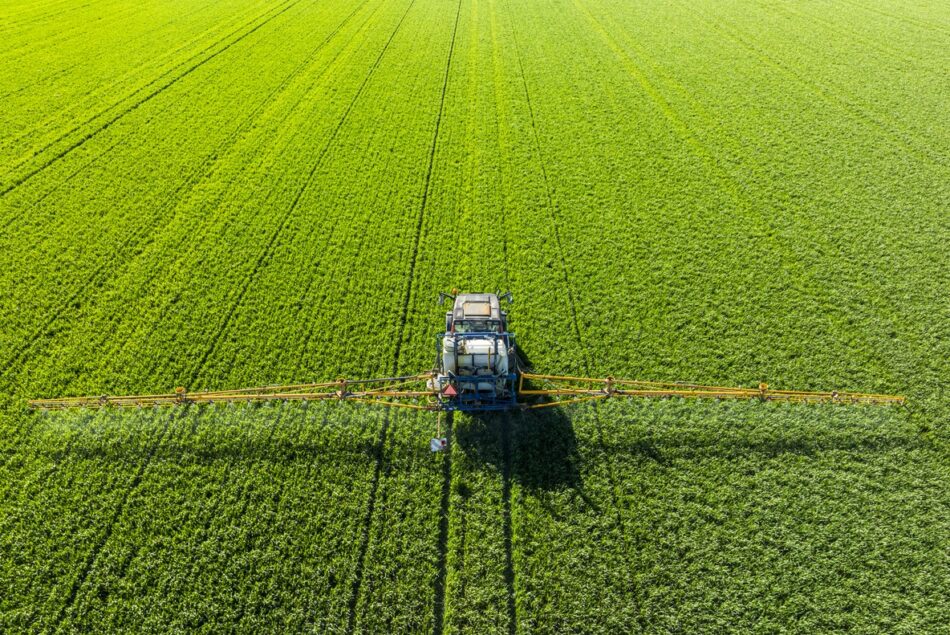
Recent tensions in the Middle East are the latest reminder of the risks to crucial fertilizer supplies from the embattled region.
Almost half of the world’s shipments of urea, a nitrogen-based fertilizer relied on by farmers to grow grains and other key crops, come from the Mideast, Rabobank senior analyst Samuel Taylor said in a report earlier in July. The latest escalation of violence between Israel and Iran had raised fears over a possible closure of the Strait of Hormuz, a critical export channel.
While such a move isn’t likely at this point, “we can’t take for granted just how concentrated some of these production and supply chains are,” Taylor said in an interview. “We seem to be getting these reminders on a yearly basis.”
The last big geopolitical shock to the price and availability of crop nutrients — the start of the Ukraine-Russia war in 2022 — was followed by runaway food inflation and a severe strain on farmers. Fertilizer markets over the last five years have undergone extreme price swings due to supply-chain shocks from the global pandemic and a surge in European prices of natural gas, a main input for most nitrogen fertilizers.
Major agriculture producers Brazil and India are especially dependent on global markets for fertilizer. Brazil, which produces two corn harvests a year, imports more than 90% of its needed urea. Mideast tensions have sent prices of urea up this week in the South American nation, according to Bloomberg Intelligence analysts.
In the U.S., the current season’s top fertilizer application times have passed, though growers in just a few months will be turning to fall fertilizer applications for the next season.
“For U.S. farmers, don’t expect a reversion down in pricing,” Taylor said. “You’re going to face cost price inflation into next year.”